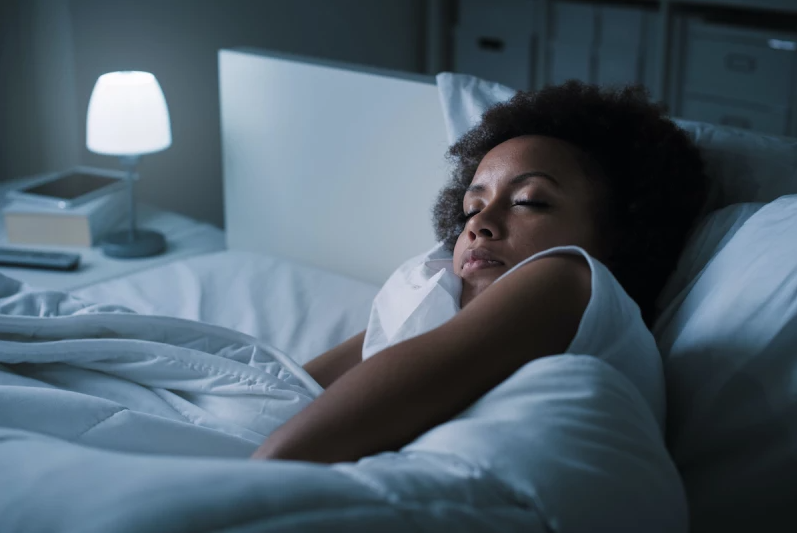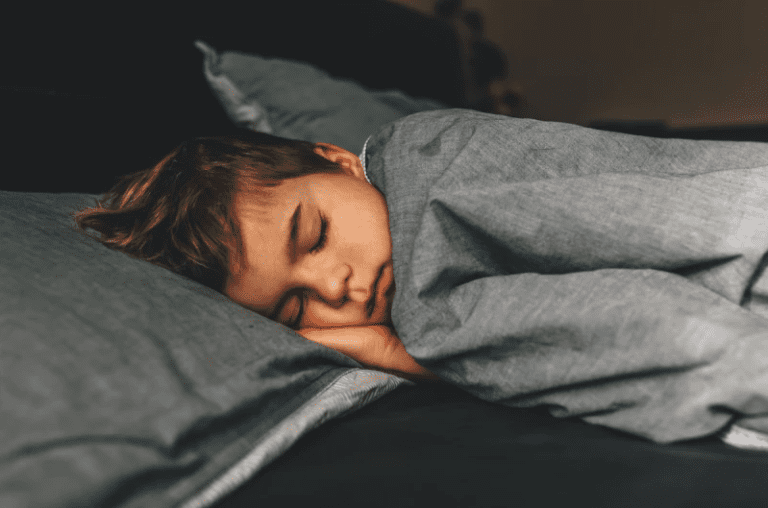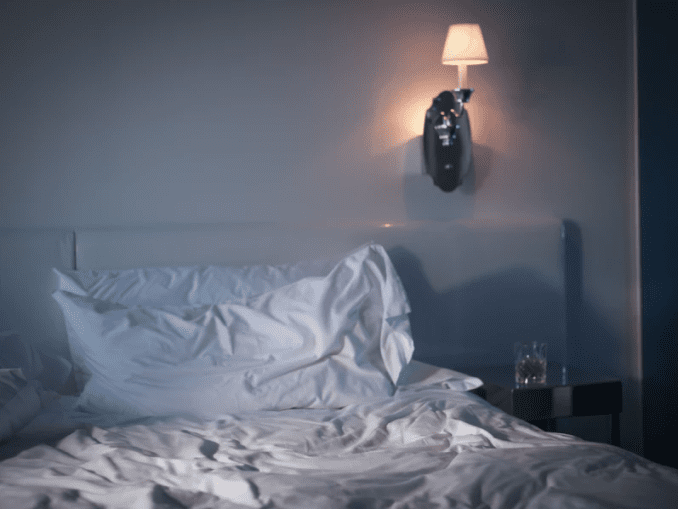Sleep is the unsung hero of health and wellness. It fuels your energy, sharpens your mind, and rejuvenates your body for the day ahead. Yet, figuring out how much sleep you need—and how to improve its quality—can feel like solving a complex puzzle. Are you getting enough? Should your kids be hitting the pillow earlier? Let’s dive into the science of sleep and explore the ideal amount by age, along with actionable tips to optimize your rest.
Why Sleep Is Essential for a Healthy Life
Think of sleep as the ultimate reset button. It’s not just about resting your eyes—it’s when your body kicks into high gear behind the scenes. During sleep, your body repairs tissues, balances hormones, and clears out toxins from your brain. For kids, it’s an even more critical time, fostering physical growth and cognitive development.
But here’s the thing: it’s not just about the hours you clock in bed. Sleep quality matters just as much. You could sleep for nine hours yet wake up feeling groggy if your sleep cycles are interrupted. It’s like charging your phone to 100% but still seeing the battery drain quickly—something’s not working right.
How Much Sleep Do You Actually Need?
The National Sleep Foundation has provided clear guidelines for how much sleep people of different ages need. Here’s the breakdown:
- Newborns (0–3 months): 14 to 17 hours
- Infants (4–11 months): 12 to 15 hours
- Toddlers (1–2 years): 11 to 14 hours
- Preschoolers (3–5 years): 10 to 13 hours
- School-Age Kids (6–13 years): 9 to 11 hours
- Teenagers (14–17 years): 8 to 10 hours
- Young Adults (18–25 years): 7 to 9 hours
- Adults (26–64 years): 7 to 9 hours
- Older Adults (65+ years): 7 to 8 hours
Why the differences? Kids and teens need more sleep because their bodies and brains are growing rapidly. Adults, on the other hand, often find their sweet spot between 7 and 9 hours, but individual needs can vary.
The Science of Sleep Cycles
Did you know that sleep is divided into stages? Your body cycles through different phases each night, and understanding these can help you improve your rest.
- Light Sleep (NREM Stages 1 & 2): This is when your body starts to relax, and your brain activity slows. It’s a transitional phase that makes up most of your night.
- Deep Sleep (NREM Stage 3): This is the repair phase. Your body heals muscles, releases growth hormones, and clears out toxins from the brain.
- REM Sleep: The dream stage. This is when your brain processes emotions, consolidates memories, and enhances cognitive function.
Each cycle lasts about 90 minutes, and you typically go through 4–6 cycles per night. If your deep or REM sleep is disrupted, you’ll wake up feeling tired no matter how long you’ve slept.
Why Bedtime Routines Matter for Kids

Kids thrive on routines, and bedtime is no exception. Pediatric sleep experts recommend setting consistent bedtimes to help children fall asleep faster and stay asleep longer. Here are some suggested bedtimes by age:
- Infants (4–11 months): 6:00–7:00 p.m.
- Toddlers (1–2 years): 7:00–7:30 p.m.
- Preschoolers (3–5 years): 7:00–8:00 p.m.
- School-Age Kids (6–13 years): 8:00–9:30 p.m.
- Teenagers (14–17 years): 9:00–10:30 p.m.
For younger children, a calming bedtime routine is essential. This could include a warm bath, reading a bedtime story, or playing soothing music. The goal is to create a predictable pattern that signals to their body it’s time to wind down.
Why Sleep Quality Matters as Much as Quantity

Ever slept for a full eight hours and still felt like you were hit by a truck? That’s because the quality of your sleep can make or break how rested you feel. Here are a few common sleep disruptors and tips to overcome them:
- Snoring or a Restless Partner: Earplugs or a white noise machine can make a world of difference.
- Excessive Screen Time: Turn off devices at least an hour before bed to avoid the blue light that disrupts melatonin production.
- Room Temperature Issues: Keep your bedroom cool—around 65°F (18°C) is ideal.
- Light and Noise: Use blackout curtains and soundproof your room as much as possible.
Quality rest comes down to ensuring that you cycle through all the critical stages of sleep uninterrupted.
Finding Your Ideal Sleep Number
Not everyone thrives on the same amount of sleep. To discover your “magic number,” try this experiment: for two weeks, let yourself wake up naturally without an alarm. Track how many hours you slept and note how you felt upon waking. This will give you a good sense of how much sleep your body craves.
If you’re tech-savvy, consider using a sleep tracker, but don’t rely solely on data. Trust how your body feels. Waking up refreshed and energized is a clear sign you’ve hit your ideal target.
Creating a Wind-Down Routine for Better Sleep

Both kids and adults can benefit from a bedtime wind-down ritual. Think of this routine as a cue for your brain to start relaxing and preparing for sleep. Here’s a simple 30-minute plan to try:
- Take a Warm Shower or Bath: The drop in body temperature afterward signals your brain it’s time to sleep.
- Journal or Create a To-Do List: Offload your stress by writing down tomorrow’s tasks.
- Read or Listen to Something Calming: Choose light fiction or a soothing podcast—nothing too intense.
- Practice Deep Breathing: A few minutes of mindful breathing can do wonders to calm your nervous system.
Consistency is key. Over time, this routine will “train” your body to recognize when it’s time to power down.
Final Thoughts on Sleep
Sleep isn’t just a luxury—it’s a cornerstone of good health. From newborns to seniors, everyone has unique sleep needs influenced by age, lifestyle, and biology. The secret to feeling rested lies in finding your ideal sleep duration, prioritizing quality over quantity, and building consistent habits that promote rest.
How much sleep do you really need? The answer isn’t one-size-fits-all, but with a little experimentation and mindful adjustments, you can find the perfect balance. Sweet dreams!

Leave a Reply